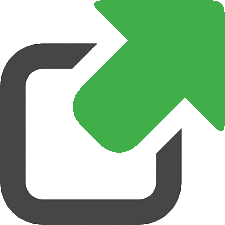3-2: Ratings 
Instructional Ratings
USPA issues instructional ratings, attesting that the holder has not only achieved skydiving skills but has also demonstrated the techniques needed to teach these skills to others.
From lowest to highest, these ratings are:
- Coach
- Instructor
- Examiner
USPA Instructors may be qualified to conduct initial skydiving training in one or more instructional methods:
- harness hold (accelerated freefall or AFF)
- instructor-assisted deployment (IAD)
- static line (SL)
- tandem (TAN)
A USPA Coach may act as a supervised assistant to the USPA Instructor to teach specified portions of the first-jump course. Any instructional rating holder may perform the duties of the coach or of any lower rating holder in their method. Coaches and instructors who have just completed a rating course in any new method should pair with more-seasoned staff as they begin to work with students.
Examiners appoint qualified instructional rating holders as course evaluators in accordance with the requirements outlined in the USPA Instructional Rating Manual (IRM). The IRM contains all policies, procedures, new rating and renewal requirements, and rating-course outlines, support materials and examinations.
PRO Professional Exhibition Rating
The FAA and USPA cooperate on the means for skydivers to demonstrate competence to perform skydiving shows before the public via the PRO exhibition rating. Chapter 6, Exhibition Jumping and PRO Rating, describes the program. The FAA may ask jumpers who do not hold a PRO rating to demonstrate competence prior to issuing a Certificate of Authorization to conduct a parachute exhibition jump.
Judge Rating
The purpose of the judging program is to ensure the highest possible standards for judging competitions and records at the local, national, and international levels. USPA issues discipline-specific Regional and National Judge ratings. The FAI, not USPA, rates International Judges. The USPA Skydiver's Competition Manual (SCM) contains details on the judge rating program and judge training courses.